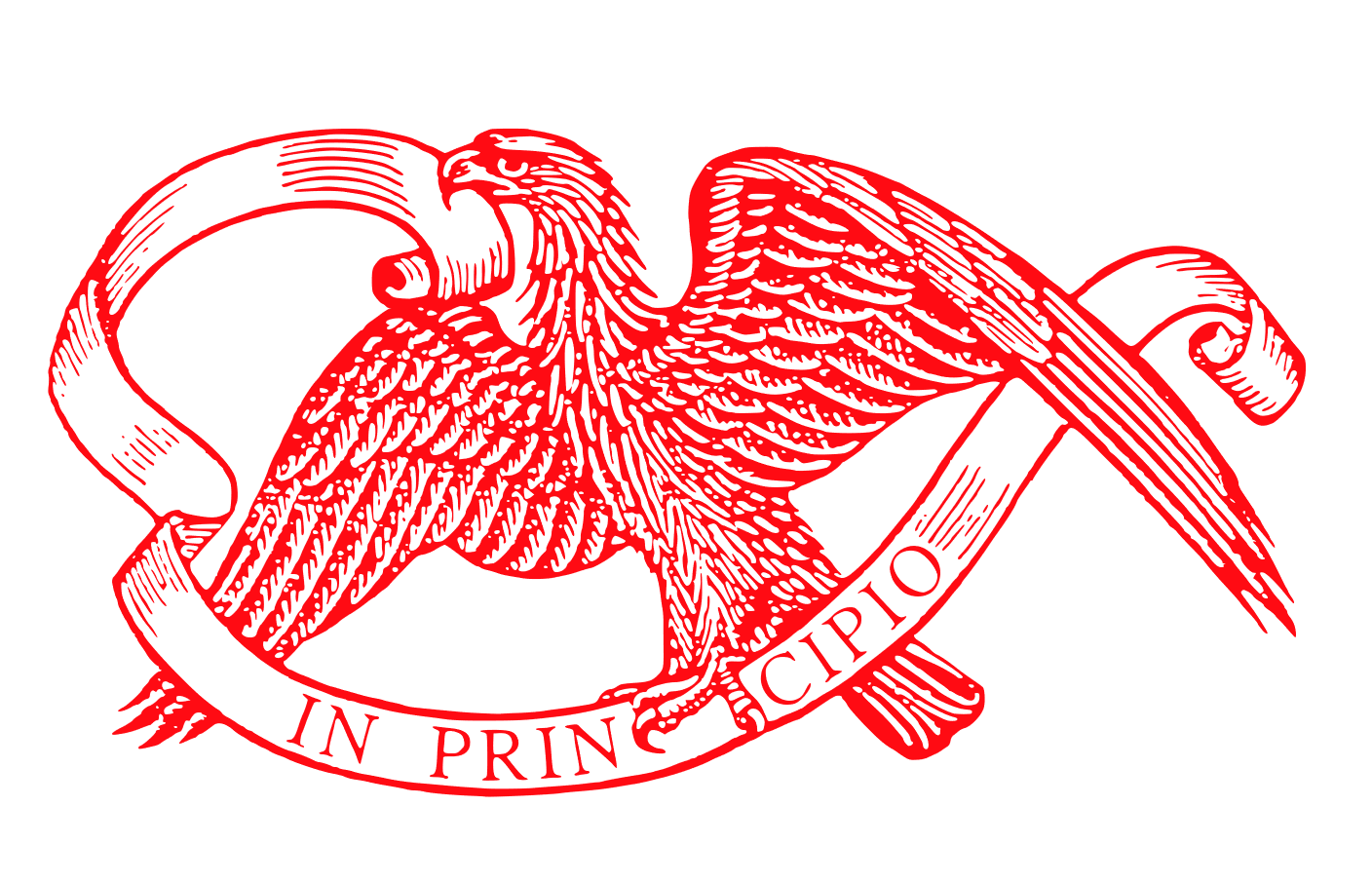August 15th
Peter Harper, Smoke Signals #17, July 1996
At the last Liturgy and Music Committee meeting, it was suggested that we mark August 15th in a special way. I commented, somewhat facetiously, "Good, we will celebrate St. Napoleon's Day!", which only drew blank stares. Well, no worry, we are going to keep the Feast of Our Lady in Harvest (also known, according to one's churchmanship, as the Dormition or the Assumption). Still, my remark had some foundation.
In 1804 France, the Concordat had recently been signed, Napoleon had just been named Emperor and he would soon be crowned by the Pope (or in fact crown himself) on December 2. There was a need for a holiday that would place the new regime under the protection of a great patron. The first thought was for Saint Charlemagne, but the old Emperor had been canonised by Antipope Paschal III, and besides his feastday was in late January, a poor season for celebrations. The Old Regime had kept its patronal feast on Ladyday, August 15. Since the date was also Napoleon's own birthday, it was thought convenient to reconvert the old holiday to celebrate "the pact Victory made with Napoleon's armies!" But there was no patron readily available. Portalis, then Minister of Cults, suggested St. Napoleon, the Emperor's patron saint. So the scholars set to work, but none could come up with such a saint, the name probably meaning Neapolitan, an inhabitant of Naples. The papal legate Cardinal Caprara then found a solution: St. Jerome's Martyrology mentions a saint called Neopolus martyred at Alexandria in 297 under Diocletian: he was said - well not explicitly, but one could with a little imagination read between the lines - to be a military man of noble extraction. One only then need suppose that the name changed slightly over the years, and there was your St. Napoleon. For his ingeniousness Caprara was later buried in the Pantheon, then dedicated jointly to St. Genevieve and St. Napoleon. The first celebration of the new "protector of the armies" was held in 1806 amid of the enthusiastic participation of the people and the military. Portalis was so happy with the whole business that he pronounced that "this new feast has become, what shall I say,.. antique!", not bad for a member of the French Academy.
The construction of a great church in Paris in honour of the new saint was planned, but Waterloo put an end to that nonsense. Yet, a few venerable churches changed their name to accommodate the saint, among them Holy Cross in Quimperlé (Brittany) and St. Hillary at Melle (Poitou). The Second Empire (1852-1870) resurrected the feast for a while, but with little conviction: it has now disappeared, though a Roman St. Neopolus still survives in the Roman Martyrology and is briefly remembered each year together with his martyred companions Saturnine, Germanus, and Celestine on May 2. A fleeting glory indeed. In the meanwhile, the true Napoleon lies in the Church of the Invalides, the most visited (and venerated?) relic in Paris.
The French do not hold the exclusivity for such flattery. Ever wonder about Victoriaville? This is a French-speaking town in Québec named in 1861 in honour of Queen Victoria (the other name they considered at the time was Demersville!). Well, would you believe that the parish erected in 1863 is dedicated to Ste Victoire? This was a Roman virgin and martyr who refused to sacrifice to the gods; neither would she marry a pagan named Eugene, so she was killed by the executioner's sword at the request of her spurned betrothed. At least, St. Victoria was a legitimate saint with a long-standing feast on December 23 and did not have to be invented for the occasion.
